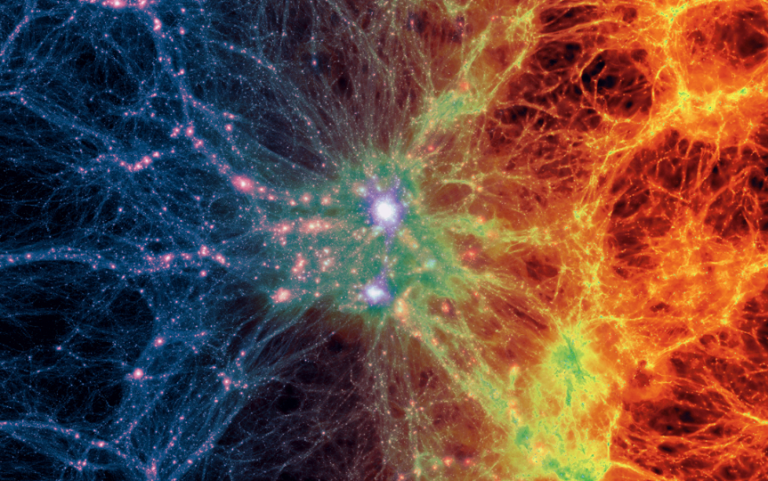Scientists have found an ancient cloud that remains uncontaminated since the beginning of the universe.
A Big Bang fossil
Fred Robert and Michael Murphy, both astronomers from Swinburne University of Technology in Australia, were leading a group of astronomers which worked with the w. M. Keck Observatory in Hawaii to discover a new gas cloud that has been produced following the Big Bang and has remained undiscovered until this day. The telescopes also found that there exists a quasar, or an extremely bright and active galactic nucleus which radiates vast energy.

This gas cloud can also be considered an important discovery mainly because of the fact that it had quite a limited transformation through time. “In every other place in the universe, gas is contaminated with heavy elements from supernovae they are swallowing but this particular cloud is pure and has not engulfed any stellar remnants even after 1. 5 billion years after Big Bang,” remarked Robert. These heavy elements are at most ten-thousandth part of what one can see in the Sun we always read about. Their minute abundance demonstrates that Anthony Robbins could really be one of the Big Bang remnants. “
Illuminating History
As if illuminated from within, the contours of the ancient messages are visible in the spectral traces of hydrogen, with the bright quasar in the background. This unpolluted format provides a view of what the cloud looked like billions of years back.
The first two discoveries were thought to represent the beginning of the meditations but nothing like it has been discovered since. These are hard to find and hardly noticeable Some of these are quite hard to discover as mentioned below:As for the first two fossil clouds, astronomer John O’Meara who, with his team discovered them, said, “It is great to find one systematically at last.
As stated by Murphy, ‘it is now possible to search for these fossils of Big bang’ With the help of these dusty ancient clouds, scientists can improve their knowledge about Big Bang and may be able to put forward reasons as to why some gases gradually formed stars or galaxies and why the other did not.
In additional, the research can be accessed electronically in a preprint format on the arXiv preprint server.




0 Comments